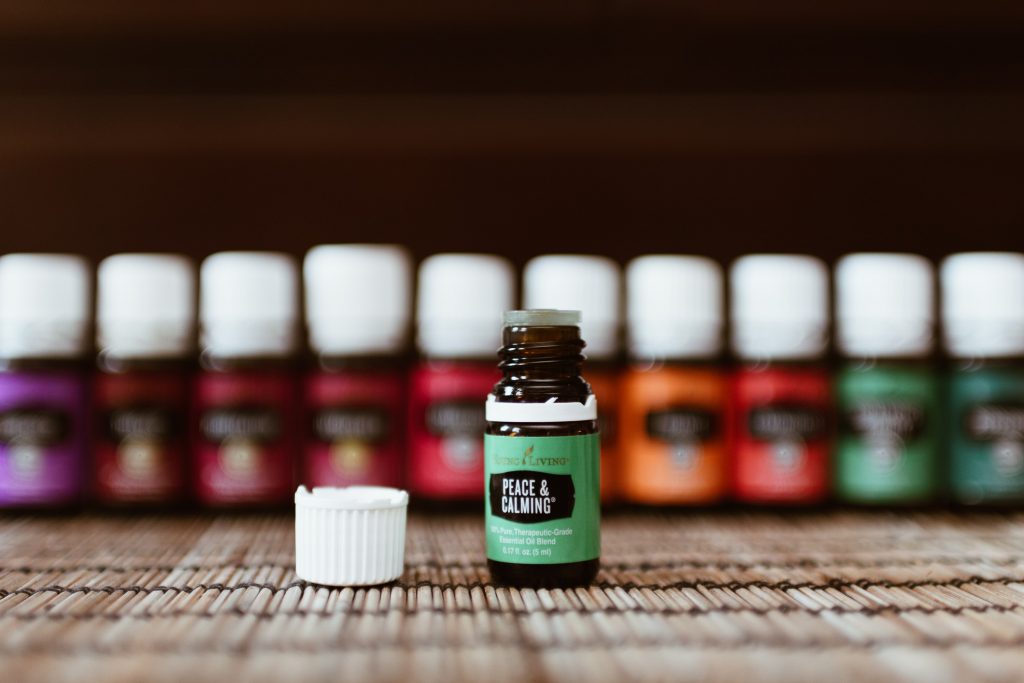Is this your first time delving into the world of aromatherapy? This article will provide you guidance and tips on how to use essential oils from understanding what essential oils are, how to spot real essential oils from fake ones, how to use them and more!

What are essential oils, really?
Essential oils are volatile plant derived compounds that contains the purest and most concentrated form of the plant’s essence, which is the source of the health benefits and distinctive aroma. Essential oils are extracted via steam distillation, cold pressing, resin tapping and other methods.
Where to buy essential oils?
It is important to buy essential oils from a trustworthy brand. It’s unfortunately relatively easy to get tricked into buying fake and adulterated essential oils in the market with labels that don’t live up to their promises, such as “therapeutic grade”, “100% pure”, “100% organic” and more.
How do I spot an authentic essential oil?
The color of the bottle, label and ingredient list is often a dead giveaway. Authentic essential oils are stored in dark colored glass bottles to preserve the quality and prevent oxidation. The labels should not have words such as “fragrance”, “fragrance oil”, “parfum”. The ingredient list should state the plant’s scientific or botanical name. For example, the only ingredient for lemon essential oil should be “Citrus Limon” or “Citrus x Limon”.
How do I use essential oils?
You can inhale the essential oil via a diffuser, facial steam, on a handkerchief or straight from the bottle. Depending on the essential oils you’re using, inhaling essential oils can be rejuvenating to our senses as it stimulates the part of the brain that processes our emotions, also known as the limbic system.
You can apply essential oils onto your skin by diluting it with your choice of carrier. The dilution ratio for essential oils to carriers is 1% – 2% dilution for adults, 1% for teenagers, and 0.5% dilution for young children under 10 years old as well as certain oils such as cinnamon, clove, lemongrass, thyme, ylang ylang etc. Please refer to the below table for better understanding:
| Dilution Ratio | Amount of Carrier | Amount of Essential Oil |
|---|---|---|
| 0.5% | 2 teaspoons/1 tablespoon | 1 drop |
| 1% | 2 teaspoons/1 tablespoon | 2 drops |
| 2% | 2 teaspoons/1 tablespoon | 4 drops |
What are carriers?
Carriers dilute the potency of the essential oils and allow them to be transferred onto the skin without adverse reactions. It is ideal to use a carrier that is lightly scented or completely unscented to prevent scent clashing. There are a few types of carriers with oils being the most popular and commonly used:
- Oils: Avocado oil, coconut oil, grapeseed oil, jojoba oil, sweet almond oil etc.
- Lotions: Facial moisturizer, body lotion
- Gels: Aloe Vera gel, gel based moisturizers and lotions
For more information that gives you a better understanding and benefits you in making decisions about essential oils, please check out the following articles: